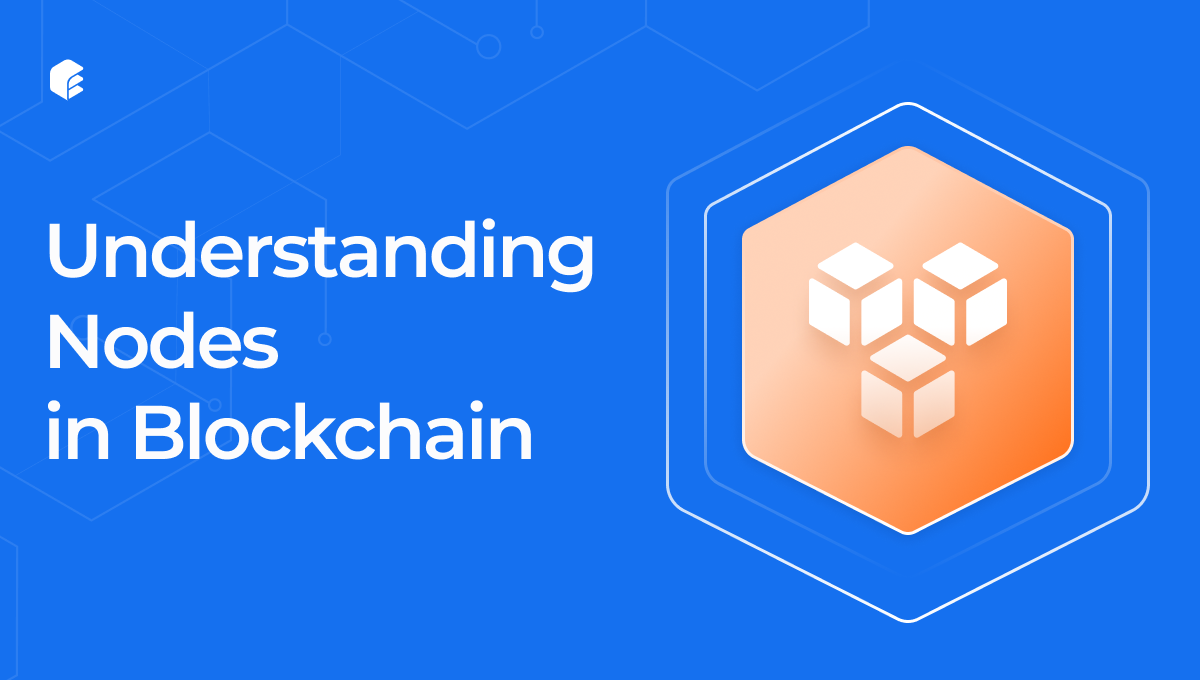Understanding Nodes in Blockchain: The Backbone of Decentralization

Blockchain technology is a decentralized and transparent system that allows secure and immutable transactions. It operates through a network of interconnected nodes that work together to validate and record transactions on the blockchain. Understanding the concept of a node is crucial to comprehending the overall functioning of blockchain technology.
Understanding Blockchain
Before we delve into nodes, let’s briefly understand the fundamental concept of blockchain. A blockchain is a distributed ledger that records transactions across multiple computers or nodes. Each transaction is grouped into a block and added to a chain of previous blocks, forming a chronological record of all transactions. This decentralized nature of the blockchain ensures transparency, security, and trust without the need for intermediaries like banks or governments.
What is a Node?
In the context of blockchain, a node refers to a computer or device connected to the blockchain network. These nodes maintain a copy of the entire blockchain ledger and actively participate in the validation and verification of transactions. Each node in the network has a unique identity and can communicate with other nodes to exchange information.
Functions of a Node
Nodes in a blockchain network perform several essential functions, including:
- Storing the Blockchain: Each node maintains a complete copy of the blockchain, enabling them to independently validate transactions and check the integrity of the network.
- Validating Transactions: Nodes verify the authenticity and validity of incoming transactions, ensuring that they adhere to the predefined rules and protocols of the blockchain.
- Propagating Transactions: Nodes propagate valid transactions to other nodes in the network, ensuring that all participants have the most up-to-date information about the blockchain.
- Maintaining Consensus: Nodes work collectively to achieve consensus on the state of the blockchain, ensuring that all nodes agree on the order anсдщгd validity of transactions.
- Executing Smart Contracts: In blockchain networks that support smart contracts, nodes execute the code embedded within these contracts, facilitating automated and trustless interactions.
Types of Nodes
There are several types of nodes in a blockchain network, each serving a specific purpose. Let’s explore the most common types:
Full Nodes
Full nodes are the backbone of a blockchain network. They store a complete copy of the blockchain and independently validate and verify each transaction. Full nodes contribute to the decentralization and security of the network by maintaining a robust and up-to-date copy of the ledger.
Lightweight Nodes
Lightweight nodes, also known as SPV (Simplified Payment Verification) nodes, do not store the entire blockchain. Instead, they rely on full nodes for transaction verification. Lightweight nodes are commonly used in resource-constrained environments like mobile devices, as they require less storage and computational resources
Miner Nodes
Miner nodes participate in the process of mining, which involves solving complex mathematical problems to add new blocks to the blockchain. Miners compete with each other to solve these problems, and the first miner to find a solution is rewarded with cryptocurrency. Miner nodes require substantial computational power to perform mining operations effectively.
Significance of Nodes in Blockchain
Nodes play a crucial role in the functioning and security of blockchain networks. Let’s explore their significance:
Ensuring Consensus
Nodes work together to achieve consensus on the state of the blockchain. By validating and verifying transactions, nodes prevent malicious actors from manipulating the blockchain. Consensus among nodes ensures that the network operates in a trustless and transparent manner.
Securing the Network
The decentralized nature of blockchain relies on the participation of multiple nodes. This distribution of nodes makes it challenging for attackers to compromise the network. Even if a subset of nodes is compromised, the majority of honest nodes can still maintain the integrity and security of the blockchain
Verifying Transactions
Nodes independently verify each transaction to ensure its validity. This verification process prevents double-spending and ensures that only legitimate transactions are added to the blockchain. By participating in transaction verification, nodes contribute to the overall reliability and trustworthiness of the blockchain.
Challenges Faced by Nodes
While nodes are crucial to the functioning of blockchain networks, they face certain challenges. Let’s explore some of the notable challenges:
Scalability Concerns
As blockchain networks grow in size and popularity, scalability becomes a significant challenge for nodes. Processing a large number of transactions within a short period can strain the computational capabilities of individual nodes, potentially leading to delays or increased transaction costs.
Conclusion
Nodes are the backbone of blockchain networks, playing a vital role in maintaining the integrity, security, and consensus of the system. They ensure the transparent validation and verification of transactions while preventing fraudulent activities. Understanding the functions and types of nodes provides a solid foundation for comprehending the inner workings of blockchain technology.
FAQs
Q1. Can anyone become a node in a blockchain network?
A1. Yes, anyone with the necessary computational resources and technical knowledge can become a node in a blockchain network.
Q2. Are all nodes equal in a blockchain network?
A2. No, nodes can have different roles and responsibilities based on the type of node they are. Full nodes, lightweight nodes, and miner nodes have distinct functions within the network.
Q3. How does a node validate transactions in a blockchain network?
A3. Nodes validate transactions by checking the digital signatures, confirming the availability of sufficient funds, and ensuring compliance with the network’s predefined rules and protocols.
Q4. Can nodes be added or removed from a blockchain network?
A4. Yes, nodes can be added or removed from a blockchain network. New nodes can join the network by following the network’s onboarding process, while existing nodes can leave voluntarily or due to technical issues.
Q5. What happens if a node goes offline in a blockchain network?
A5. If a node goes offline, it temporarily stops participating in the network’s activities. However, other nodes continue to operate and maintain the integrity of the blockchain. When the offline node reconnects, it synchronizes with the network to update its copy of the blockchain.
In this article, we explored the concept of a node in the context of blockchain. Nodes are fundamental building blocks that enable the decentralized and secure nature of blockchain networks. They perform critical functions such as transaction validation, consensus building, and network.










